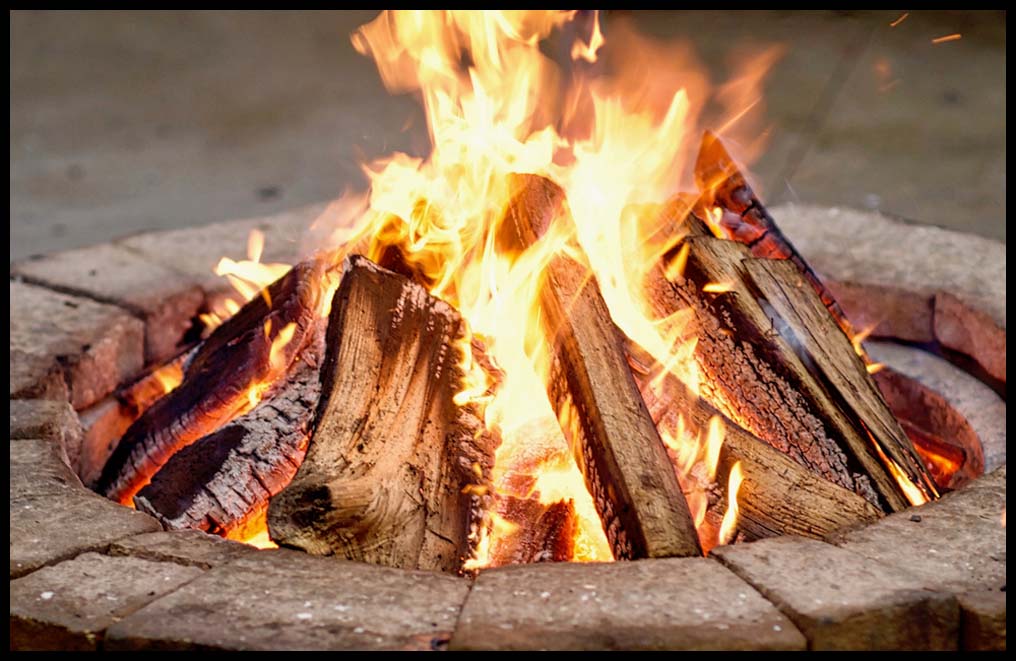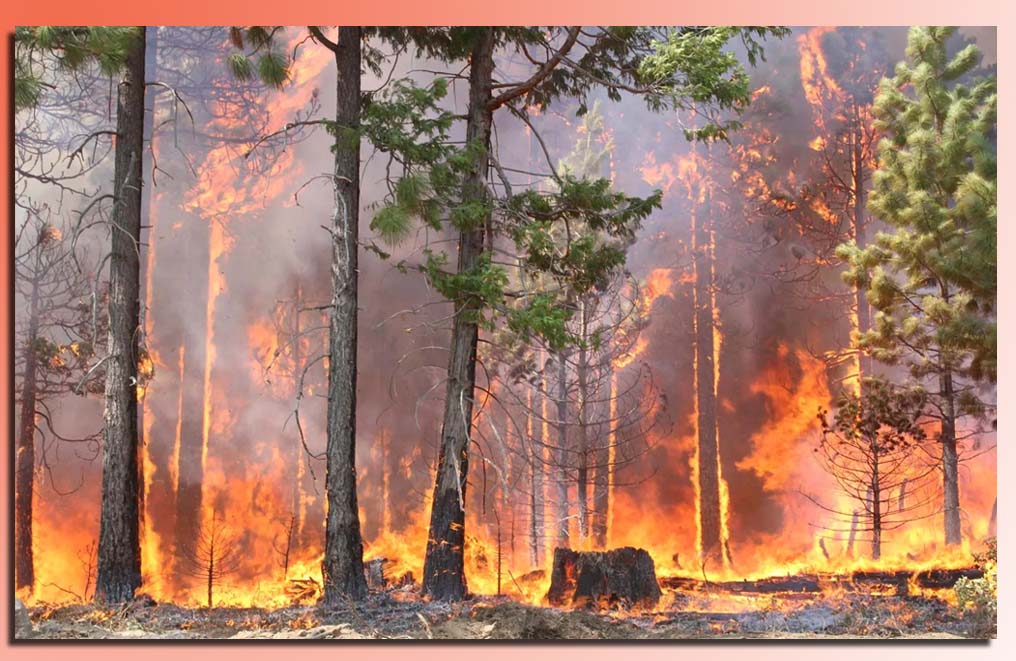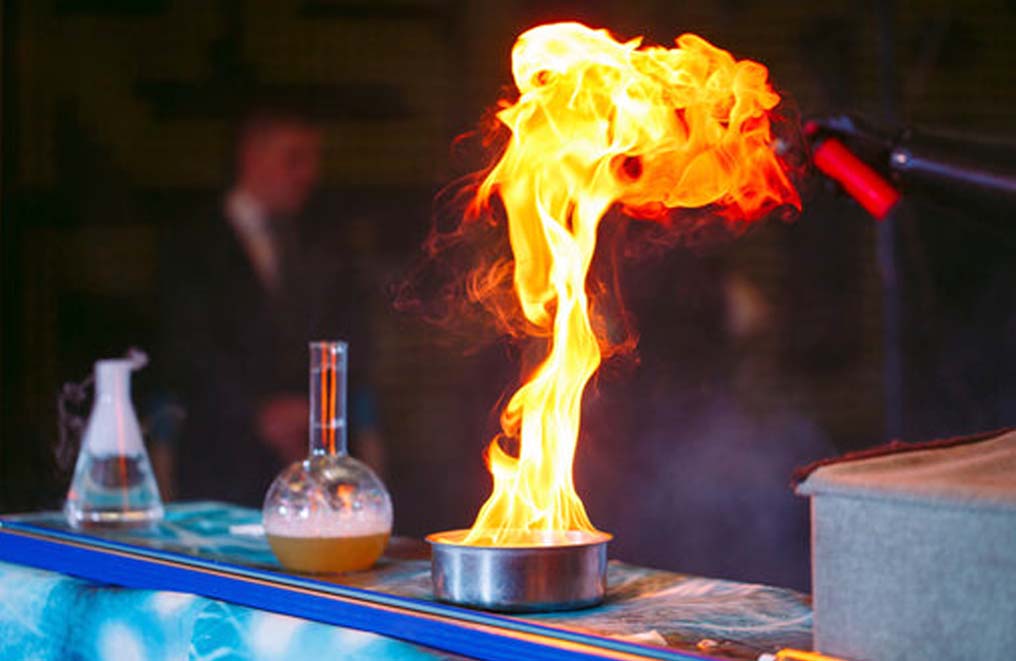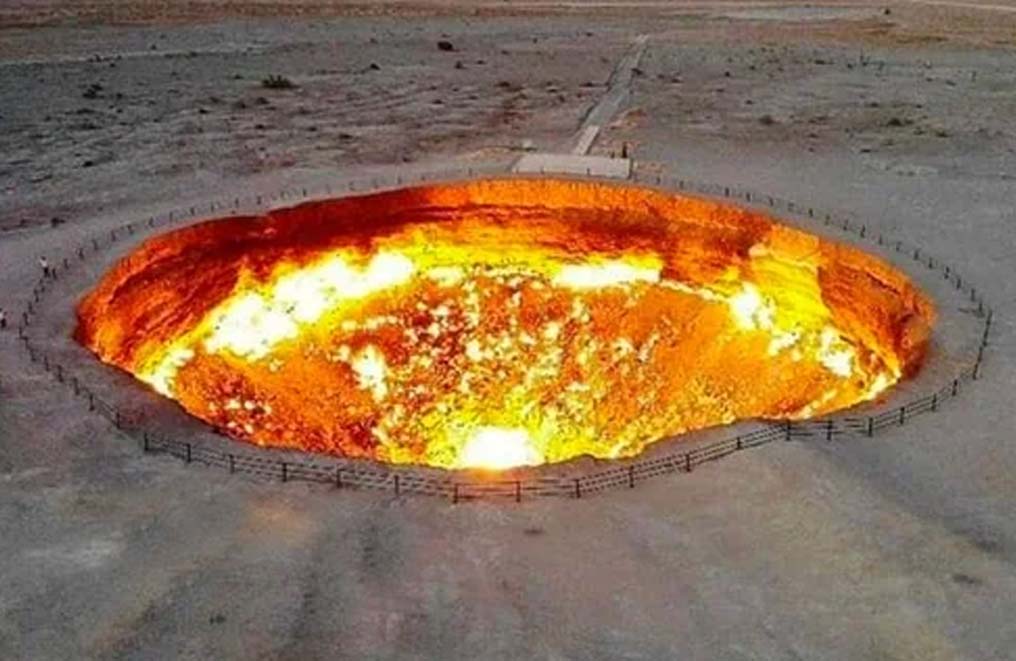

 Wood Burning Fire Picture
Wood Burning Fire Picture
Fire, the elemental force that has fascinated and terrified humanity since the dawn of civilization, holds a central place in our collective imagination. From the comforting warmth of a hearth to the destructive power of wildfires, fire has played a pivotal role in shaping human history, culture, and technology. In this article, we will explore the multifaceted nature of fire, examining its scientific principles, cultural significance, and the essential role it plays in our lives.
The Science of Fire:
At its core, fire is a rapid chemical reaction known as combustion. This reaction involves the combination of a fuel source, typically carbon-based, with oxygen in the air, producing heat and light. The fire triangle illustrates the three essential components for fire: fuel, oxygen, and heat. Understanding these principles has been crucial for humanity’s ability to harness fire for various purposes, from cooking and heating to powering engines and generating electricity.
Historical Significance:
Fire has been a constant companion to human evolution, with evidence of controlled fire use dating back over a million years. Early humans harnessed fire for warmth, protection, and cooking, fundamentally altering their lifestyles. The ability to control fire also played a pivotal role in the development of communities and the evolution of tools and technologies.
Cultural Symbolism:
Beyond its practical applications, fire holds deep cultural and symbolic significance across diverse societies. In many religions and mythologies, fire represents purification, transformation, and divine power. The eternal flame, a symbol of continuity and resilience, is present in various cultures and has been used in ceremonies and memorials throughout history. The role of fire in rituals and celebrations further highlights its symbolic importance.
Technological Advancements:
As societies progressed, so did our ability to harness and manipulate fire. The discovery of various fuel sources, the development of combustion engines, and the creation of electricity through controlled fire have propelled technological advancements. From steam engines driving the Industrial Revolution to the internal combustion engine revolutionizing transportation, fire has been a driving force in shaping the modern world.
Environmental Impact:
While fire has been a tool for progress, it also poses significant challenges, especially in the form of wildfires. Uncontrolled fires can devastate ecosystems, destroy homes, and have far-reaching environmental consequences. Climate change has further intensified the frequency and severity of wildfires, emphasizing the need for responsible fire management and environmental stewardship.
Conclusion:
Fire, both a creative and destructive force, continues to shape our world in profound ways. From the scientific principles that govern combustion to its cultural symbolism and technological applications, fire remains an integral part of the human experience. As we navigate the challenges posed by wildfires and climate change, it becomes increasingly important to appreciate the elemental dance of fire and find sustainable ways to coexist with this powerful force.

Natural Forest Tree Burning Picture
Various Types of Fire
Fires can be classified into different types based on their fuel source, the substances involved, and the methods of suppression. The classification is commonly categorized into classes A, B, C, D, and K. Here’s an overview of each type:
1. Class A Fire:
• Fuel: Ordinary combustibles, such as wood, paper, cloth, and some plastics.
• Extinguishing Agent: Water, foam, or multipurpose dry chemical extinguishers.
2. Class B Fire:
• Fuel: Flammable liquids, oils, gases, and greases.
• Extinguishing Agent: Foam, carbon dioxide (CO2), dry chemical extinguishers, or halon alternatives.
3. Class C Fire:
• Fuel: Energized electrical equipment, including appliances, wiring, and circuit breakers.
• Extinguishing Agent: Non-conductive agents like dry chemical, carbon dioxide (CO2), or halon alternatives. It is important to de-energize the electrical equipment if possible.
4. Class D Fire:
• Fuel: Combustible metals, such as magnesium, titanium, potassium, and sodium.
• Extinguishing Agent: Specialized dry powder extinguishing agents designed for specific metal fires. Water and other common extinguishing agents can react dangerously with certain metal fires.
5. Class K Fire:
• Fuel: Cooking oils and fats.
• Extinguishing Agent: Wet chemical extinguishers designed specifically for kitchen fires. They work by saponifying the fats and creating a barrier to prevent re-ignition.
6. Electrical Fire:
• While Class C fires involve energized electrical equipment, electrical fires in general can be discussed separately. It is important to use extinguishing agents that are non-conductive and appropriate for electrical fires to avoid electrocution.
7. Wildfire:
• Fires that spread rapidly through vegetation, forests, or grasslands. Wildfires are often fueled by dry conditions, wind, and flammable vegetation.
8. Chemical Fire:
• Fires involving hazardous chemicals. Extinguishing methods may vary depending on the nature of the chemicals involved.
It’s crucial to understand the specific nature of the fire before attempting to extinguish it, and using the wrong type of extinguishing agent can be ineffective or even dangerous. Always follow proper safety procedures and guidelines when dealing with fires.

Chemical Fire Picture
Formula of Fire
Fire itself is not described by a specific formula, as it is a complex and dynamic process involving a chemical reaction called combustion. However, the basic formula for combustion can be represented as follows:
Fuel+Oxygen→Heat+Light
In this combustion reaction, a fuel source (which is typically a hydrocarbon, like wood or gasoline) combines with oxygen from the air in the presence of heat, producing heat and light. The process is exothermic, meaning it releases energy in the form of heat and light.
It’s important to note that fire involves more complex chemical reactions, with intermediate steps and various byproducts, depending on the specific fuel and conditions. The fire triangle concept, which includes fuel, oxygen, and heat, is often used to explain the prerequisites for a fire to occur.
10 Line of Study of Fire
The study of fire, known as fire science or fire dynamics, involves a multidisciplinary approach to understanding the behavior, prevention, and control of fires. Here are ten aspects of fire study:
1.Fire Chemistry: Investigating the chemical reactions involved in combustion, understanding the ignition process, and examining the properties of different fuels.
2. Fire Physics: Analyzing the physical aspects of fire, including heat transfer, flame dynamics, and the behavior of fire in various environments.
3. Fire Ecology: Studying the role of fire in ecosystems, its impact on vegetation, and the ecological benefits of controlled burns in maintaining healthy ecosystems.
4. Fire Safety Engineering: Designing and implementing fire safety measures in buildings, structures, and public spaces to minimize the risk of fire incidents and enhance evacuation procedures.
5. Fire Investigation: Examining the causes and origins of fires, determining fire patterns, and conducting forensic analyses to identify potential arson or accidents.
6. Wildland Fire Management: Developing strategies for preventing and managing wildfires, including controlled burns, firebreaks, and the use of firefighting resources.
7. Fire Technology: Utilizing technological advancements such as infrared cameras, fire-resistant materials, and computer simulations to enhance firefighting techniques and equipment.
8. Human Behavior in Fires: Understanding how people react in fire emergencies, studying evacuation patterns, and developing strategies to improve public awareness and safety education.
8. Fire Prevention and Codes: Developing and enforcing building codes, safety regulations, and fire prevention measures to reduce the likelihood of fires and limit their impact.
10.Firefighting Tactics and Strategies: Researching and implementing effective firefighting techniques, including the use of water, foam, and other firefighting agents, as well as understanding the dynamics of fire behavior to improve response strategies.
The study of fire is critical for public safety, environmental conservation, and the development of effective firefighting and prevention measures. Researchers in this field contribute to advancements that save lives, protect property, and preserve ecosystems.
Interesting Facts of Fire:
Fire is a fascinating and essential element in our lives. Here are some interesting facts about fire:
1. Chemical Reaction: Fire is a result of a chemical reaction called combustion. It typically involves the combination of a fuel source (such as wood or gasoline) with oxygen in the air, releasing heat and light.
2. Triangle of Fire: For a fire to occur, three elements must be present: fuel, oxygen, and heat. This is often represented as the fire triangle. Removing any one of these elements can extinguish a fire.
3. Blue Flame vs. Yellow Flame: The color of a flame can indicate the temperature of the fire. A blue flame is hotter than a yellow flame. Blue flames are often seen in gas stoves and are associated with complete combustion, while yellow flames indicate incomplete combustion.
4. Fire Tetrahedron: In addition to the fire triangle, the fire tetrahedron includes a fourth element: a chemical reaction. This emphasizes that a self-sustaining fire requires a chain reaction involving fuel, heat, oxygen, and a chemical chain reaction.
5. Wildfire Spread: Wildfires can move incredibly fast, and their speed is influenced by factors such as wind, terrain, and fuel availability. The intense heat generated by a wildfire can also create its own wind, further spreading the flames.
6. Fire’s Role in Ecology: Fire plays a crucial role in many ecosystems. It can promote the germination of certain plant species, clear away dead vegetation, and maintain the balance of certain ecosystems. Some plants even rely on fire for their seeds to open and germinate.
7. Fire’s Discovery: The exact moment when humans discovered how to control and use fire is not known, but evidence suggests it dates back hundreds of thousands of years. Early humans likely utilized natural wildfires and later learned to control fire for cooking, warmth, and protection.
8. Spontaneous Combustion: Certain materials, such as oily rags or piles of hay, can undergo spontaneous combustion. This occurs when heat is generated through a slow oxidation process, eventually reaching a point where it ignites without an external heat source.
9. Fire Tornadoes: Under certain conditions, wildfires can generate fire tornadoes, also known as fire whirls. These are vertical vortices of flames and are capable of causing additional damage and spreading the fire more rapidly.
10. Fire as a Tool: Throughout history, humans have harnessed fire for various purposes, including cooking, heating, manufacturing, and even as a weapon of war. The controlled use of fire has been a defining feature of human civilization.
Understanding the science and characteristics of fire is crucial for fire prevention, safety, and the responsible management of this powerful natural force.

Natural Gas Fire Picture
Frequently Asked Questions about Fire
1. Q: What is fire?
A: Fire is a rapid chemical reaction known as combustion, involving the combination of a fuel source with oxygen in the air, producing heat and light.
2. Q: What are the essential components for fire?
A: The essential components for fire are often represented by the fire triangle: fuel, oxygen, and heat. Without any of these elements, fire cannot exist.
3. Q: How has fire been used throughout history?
A: Fire has been used by humans for various purposes throughout history, including cooking, heating, protection, and the development of tools and technologies. Evidence of controlled fire use dates back over a million years.
4. Q: What is the cultural significance of fire?
A: Fire holds deep cultural and symbolic significance across diverse societies. It is often associated with purification, transformation, and divine power. The eternal flame, present in many cultures, symbolizes continuity and resilience.
5. Q: How has fire influenced technological advancements?
A: Fire has played a crucial role in technological advancements, from the use of steam engines in the Industrial Revolution to the development of internal combustion engines. Fire has been harnessed to generate electricity, power engines, and drive innovation.
6. Q: What are the environmental impacts of fire?
A: While controlled fire has been a tool for progress, uncontrolled fires, such as wildfires, can have devastating environmental impacts. They can destroy ecosystems, homes, and contribute to air pollution. Climate change has intensified the frequency and severity of wildfires.
7. Q: How can we manage and prevent wildfires?
A: Managing and preventing wildfires involves a combination of responsible land management, early detection systems, controlled burns, and public awareness. Sustainable practices and environmental stewardship are crucial in mitigating the impact of wildfires.
8. Q: Is fire always destructive?
A: While uncontrolled fire can be destructive, fire itself is not inherently negative. Controlled and managed fire has been essential for human progress, providing warmth, cooking capabilities, and driving technological advancements.
9. Q: What safety precautions should be taken with fire?
A: Safety precautions with fire include proper handling of flammable materials, adherence to fire codes, and the use of fire safety equipment. Additionally, individuals should be aware of fire escape plans and emergency procedures in case of accidental fires.
10. Q: How does climate change impact the prevalence of wildfires?
A: Climate change contributes to the increased prevalence and severity of wildfires by creating conditions conducive to fire, such as prolonged droughts, higher temperatures, and changes in vegetation. Addressing climate change is crucial in mitigating the risk of wildfires.